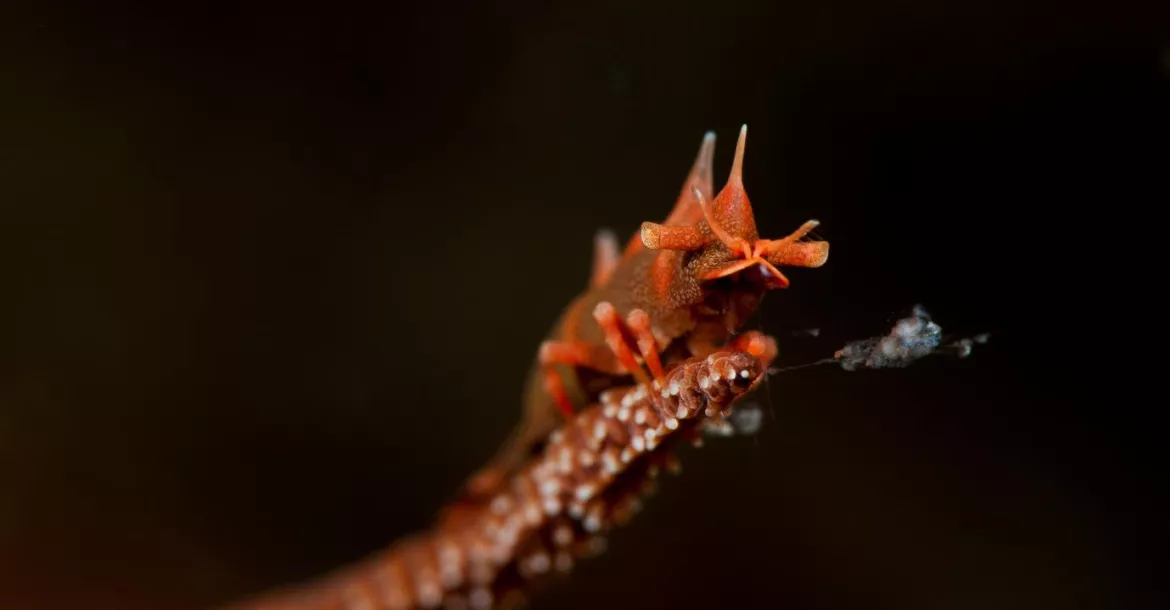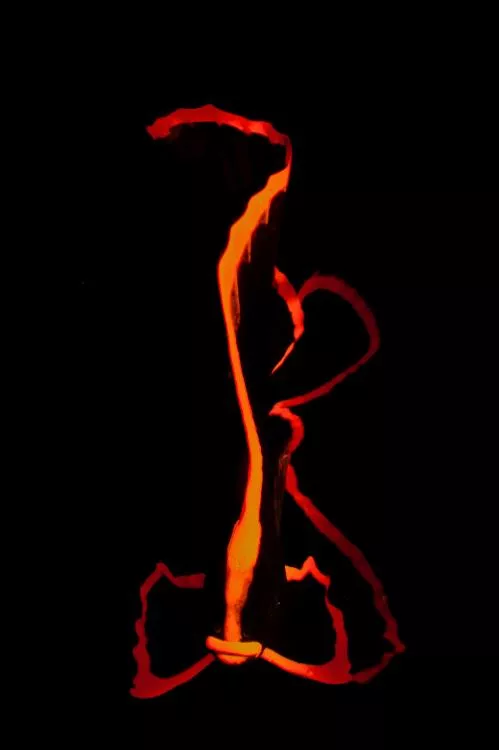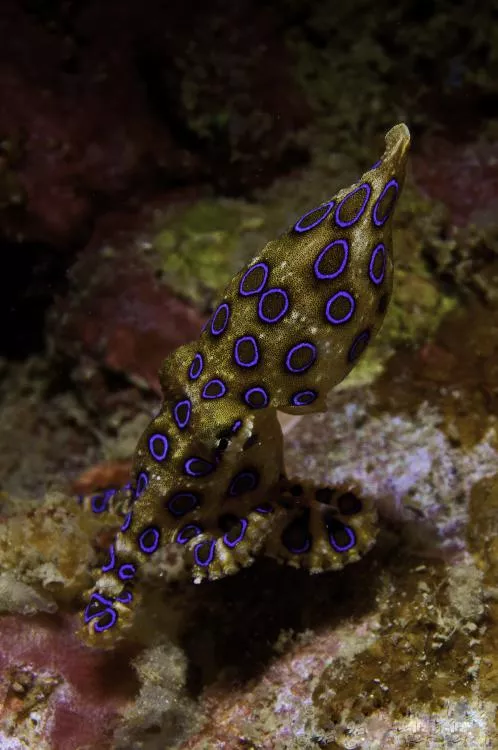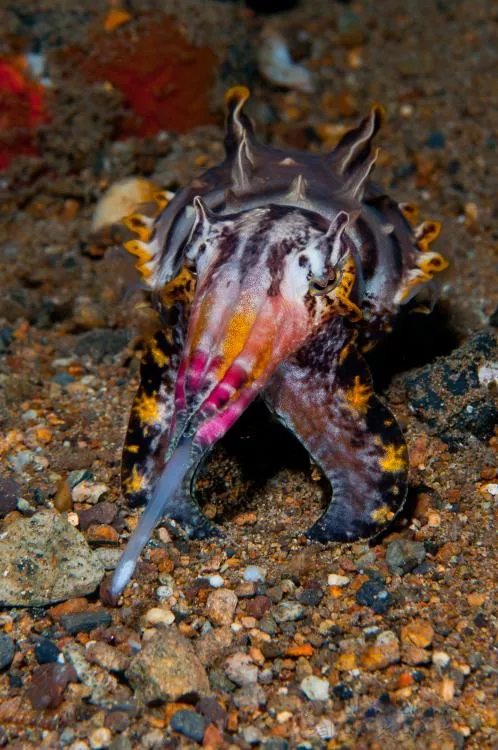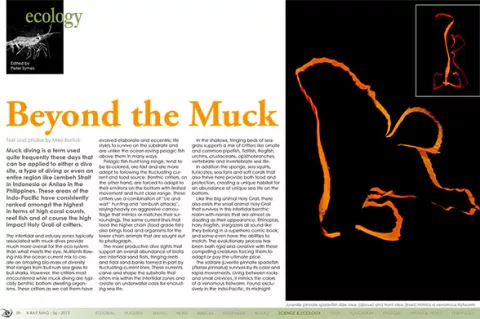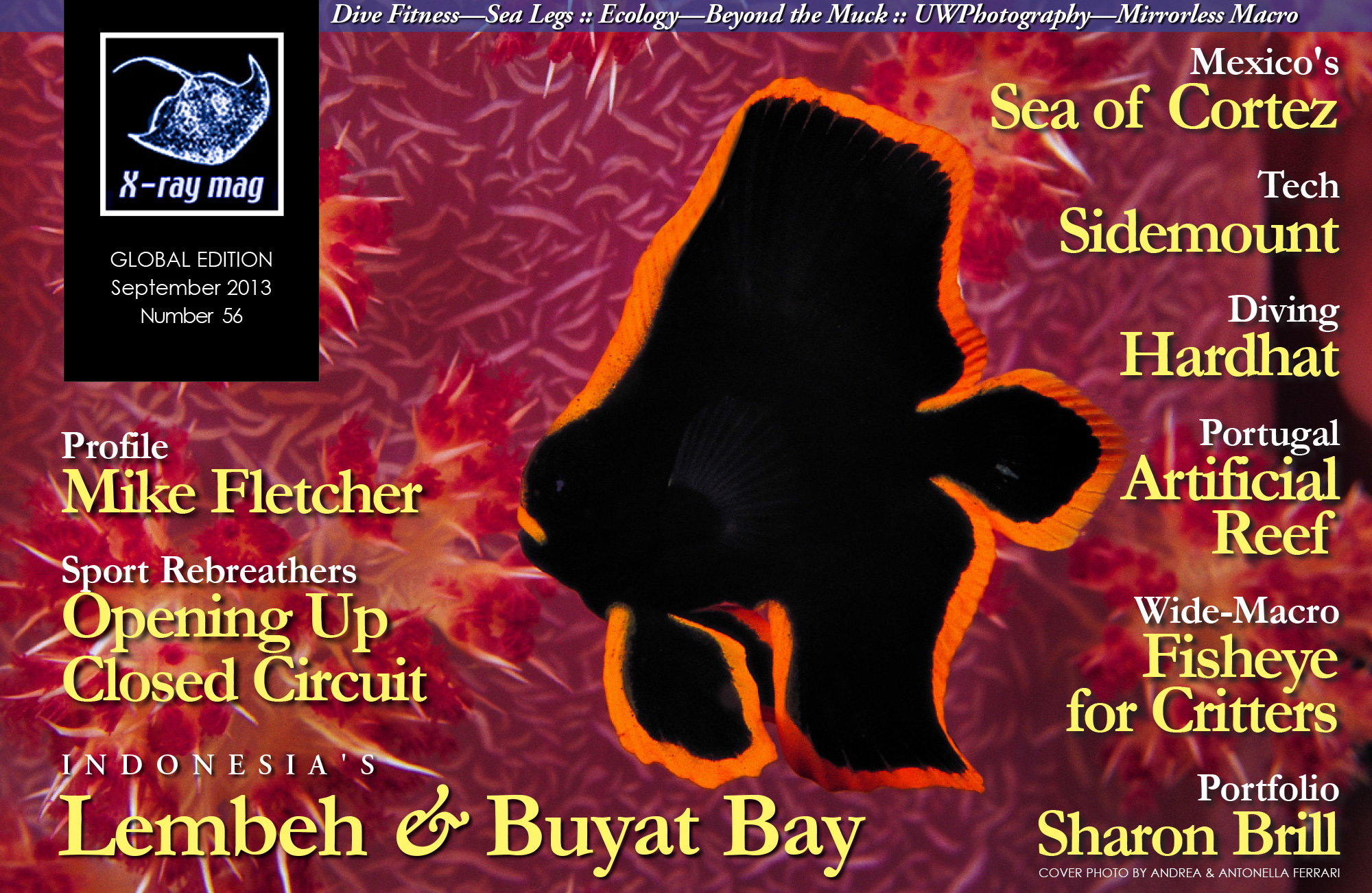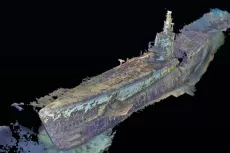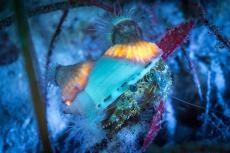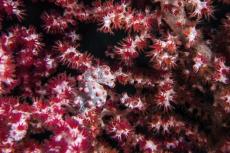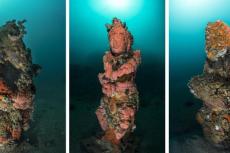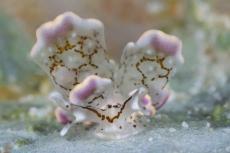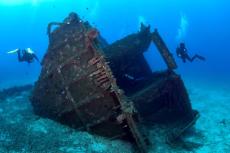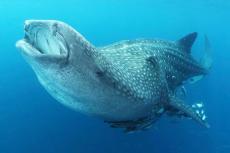Muck diving is a term used quite frequently these days that can be applied to either a dive site, a type of diving or even an entire region like Lembeh Strait in Indonesia or Anilao in the Philippines.
These areas of the Indo-Pacific have consistently ranked amongst the highest in terms of high coral counts, reef fish and of course the high impact Holy Grail of critters.
Contributed by
The intertidal and estuary zones typically associated with muck dives provide much more overall for the eco-system than what meets the eye. Nutrients flowing into the ocean current mix to create an amazing bio-mass of diversity that ranges from bull rush sea grass to bull sharks.
However, the critters most encountered while muck diving are typically benthic bottom dwelling organisms. These critters as we call them have evolved elaborate and eccentric life styles to survive on the substrate and are unlike the ocean roving pelagic fish above them in many ways.
Pelagic fish hunt long range, tend to be bi-colored, are fast and are more adept to following the fluctuating current and food source. Benthic critters, on the other hand, are forced to adapt to their environs on the bottom with limited movement and hunt close range. These critters use a combination of “Lie and wait” hunting and “ambush attacks”, relying heavily on aggressive camouflage that mimics or matches their surroundings. The same current lines that feed the higher chain (food grade fish) also brings food and organisms for the lower chain animals that are sought out to photograph.
The more productive dive sights that support an overall abundance of biota are intertidal sand flats, fringing reefs and tidal sand banks formed in-part by fluctuating current lines. These currents carve and shape the substrate that often mix within the intertidal zones and create an underwater oasis for encrusting sea life.
In the shallows, fringing beds of sea-grass supports a mix of critters like ornate and common pipefish, flatfish, frogfish, urchins, crustaceans, opisthobranches, vertebrate and invertebrate sea life.
In addition the sponge, sea squirts, tunicates, sea fans and soft corals that also thrive here provide both food and protection, creating a unique habitat for an abundance of unique sea life on the bottom.
Like the big animal Holy Grail, there also exists the small animal Holy Grail that survives in this intertidal benthic realm with names that are almost as dazzling as their appearance.
Rhinopias, hairy frogfish, stargazers all sound like they belong in a superhero comic book, and some even have the abilities to match. The evolutionary process has been both rigid and creative with these compelling creatures forcing them to adapt or pay the ultimate price.
The solitaire juvenile pinnate spadefish (Platax pinnatus) survives by its color and rapid movements. Living between rocks and small crevices, it mimics the colors of a venomous flatworm. Found exclusively in the Indo-Pacific, its midnight black and vibrant orange colors will fade to a drab silvery coloration, as it enters into the second phase of its lifecycle.
The Antenarius striatus, or hairy frogfish, are a highly sought after Holy Grail critter due in-part to their photogenic behaviors and for their unusual appearance.
The A. striatus is a bit more sophisticated than many other fish for using a special method to hunt. Impossible to swim and hunt the A. striatus is able to do so with very little movement on their part and is achieved by exciting their prey.
First the hairy frogfish will release a scent, which alerts nearby fish or shrimp down current that food is near. This excites their prey, and as they follow the scent closer, the frogfish switches to its second strategy, visual stimulation using its lure.
The frogfish now relying on its lure drops it out and waves it around. This excites the victim even more, not knowing that the algae or soft coral it sees is actually a hairy frogfish, cunning and powerful. As the fish moves in for its meal, the hairy frogfish unleashes the third and final step, as it ambushes its prey with its lightning fast gape strike, often consuming them in one gulp.
When frogfish are found together, it is generally a strong indication that mating will occur soon. The female is almost always the larger of the two, as she needs to be a bit larger than the male in order to produce the mass of eggs. The smaller A. striatus (male) pictured above was attracted to this lovely female a day earlier by an irresistible pheromone. The female A. straitus actually selects the right male in a natural process that could involve either eating or just ignoring the rejected suitor.
Nocturnal critters
Muck dive sites can get even more interesting at night with the cast of nocturnal critters. The exact same dive site will yield a whole new team of characters after the sun sets and provides for some better then sci-fi photo ops.
The white margined stargazer (Uranoscopus sulphereus) is perhaps the most macabre looking of all the critters. Its name is derived from its appearance, as its eyes are situated on the top of their heads appearing as if casting a never-ending gaze upon the night sky above.
A venomous ambush predator, the positioning of its eyes are very useful, as they burry themselves under the sand to hunt. When another benthic fish or smaller unsuspecting fish swims closely overhead, the stargazer springs from its burrow and engulfs the fish in a flash, then quickly buries itself again. In addition to being venomous, the stargazer can produce an electrical charge and conceals a lure in its mouth—talk about equipped! (...)

